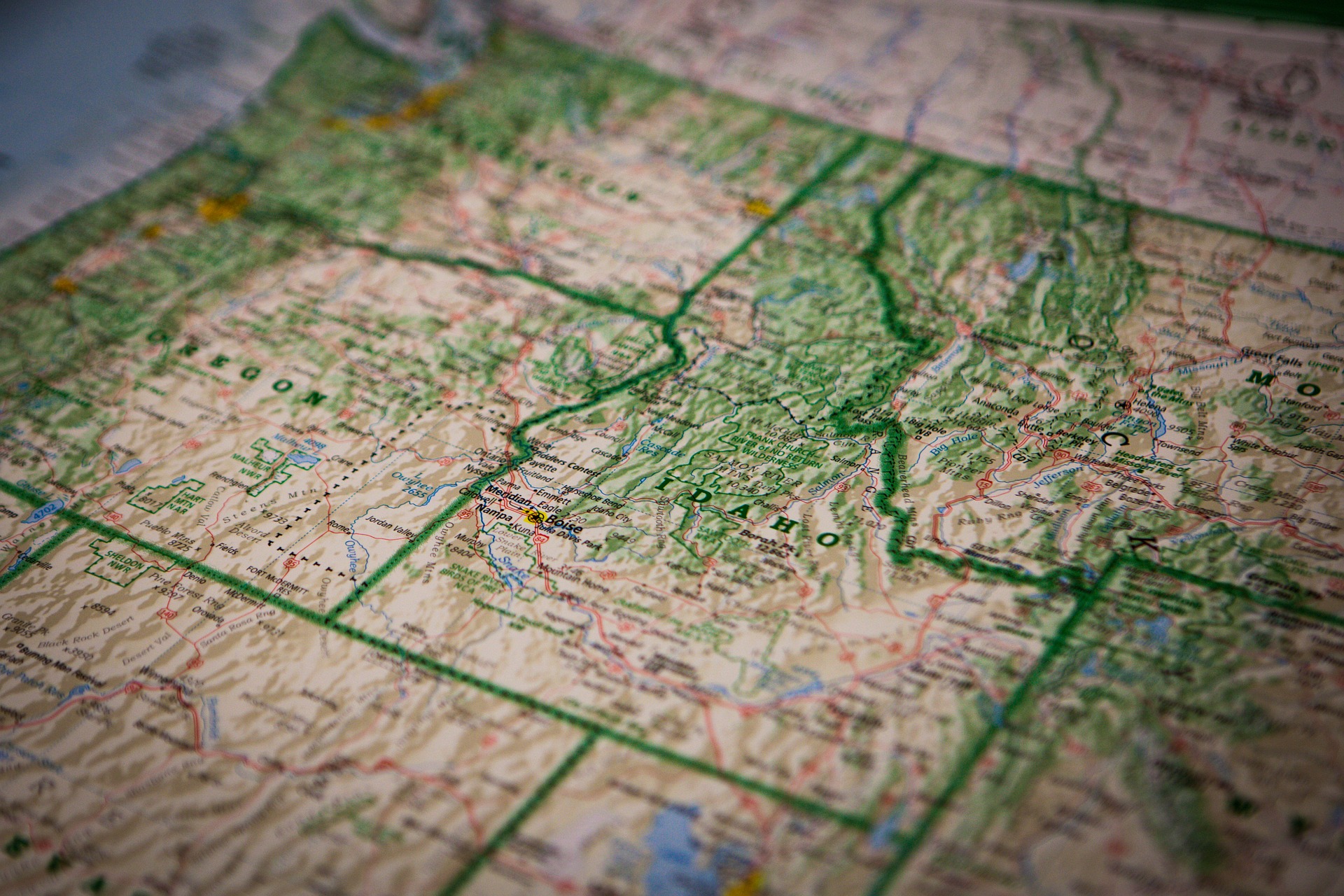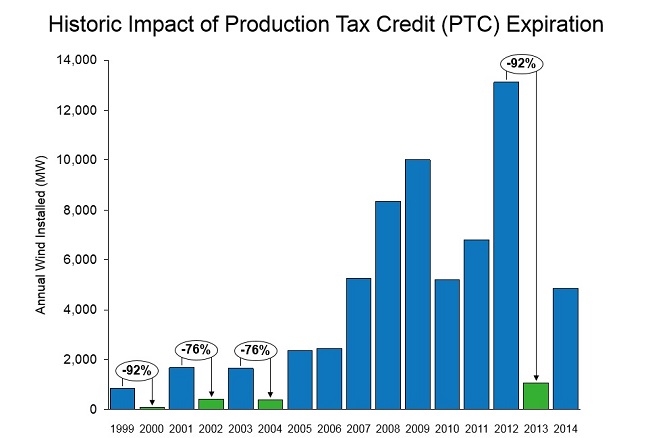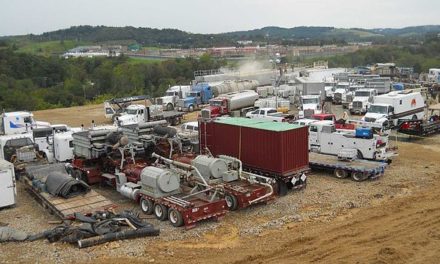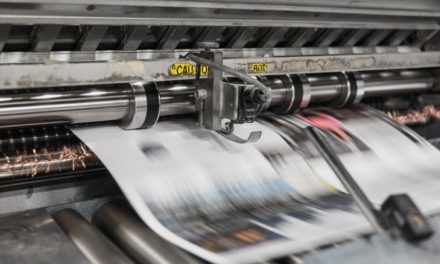In my last two posts we looked at how a century of mining turned the beautiful Coeur d’Alene basin and the town of Kellogg into one of the most polluted communities in the country, and then how the federal government and community came together to clean up their community. In this post, I’ll discuss the town’s continued improvement.
As the cleanup was underway, the town had to decide how best to take advantage of this opportunity to rebrand itself. The Silver Mountain ski area just south of town held the potential to be the attraction the town needed. It had been owned and operated by the Bunker Hill Mining and Smelter Company until its departure in 1982, at which time the town of Kellogg took over operations. The mountain had good regional access via Interstate 90 and the Spokane (Washington) International Airport, which is about an hour west. Unfortunately, the mountain had its drawbacks in that there were only a limited number of ski runs and the road traveled to reach the mountain was long and treacherous. The mountain had potential, but some obstacles had to be overcome.
The ambitious idea of installing a gondola was suggested, and after much debate, the town decided to proceed. A gondola would allow skiers to be taken right from town to the ski area without ever having to get in a car. It would provide an incentive for coordinated development between the mountain and the town. Both entities immediately went to work to secure the millions of dollars in funding they would need for the project. The U.S. Congress approved $6.1 million, and the town levied a tax on themselves of $2 million, which in turn prompted investments by Von Roll, Inc. (gondola builders in Switzerland), Washington Water Power Company, and the State of Idaho. “The result was a public-private partnership that became the largest new ski area development in the United States during the 1980s.”[1] The old ski area was limited in scale and ability, so the expansion plan included the creation of new ski runs, additional lifts, and a new day-lodge on the mountain to serve both skiers and summer tourists.
The outdoor-oriented second-home buyers jumped on this opportunity. Getting in on the ground level of a resort development can save them money long-term and produce a great return on investment for the developers. This new development has also benefited the original citizens of Kellogg by dramatically increasing their property values. Some key developments have benefitted Kellogg:
- Silver Mountain Resort Complex – expand ski area by 850 acres, increase vertical lift to 3,700 feet, lifts from Kellogg level to top, add snow-making
- Silver Mountain Resort indoor water park
- Silver Mountain Resort 18-hole golf course
- Silver Mountain Resort condominium development
- Phase one – 68 units sold in 4 days
- Phase two – 110 units sold in 1 day
- Phase three – 99 units sold in 1 day
- A 72-mile bicycle trail – Trail of Coeur d’Alene
- Wireless Internet network
- North Idaho College – Kellogg branch
- A new call center
- Apparel manufacturing center
- Shoshone Medical Center hospital
Clearly the town of Kellogg has come into its own as a 21st-century tourist destination. The area once had a reputation as one of the most polluted places in the country; however, through the cooperation and determination of many stakeholders and the federal government, the town was cleaned up and became one of the fastest-growing resort destinations in the United States.
– Jonathan Putman
[1] Johansen, Harley. 2006. “A Mining Town Reinvents Itself.” Idaho Issues Online, Spring 2006. Accessed November 24, 2010 at https://www.boisestate.edu/history/issuesonline/spring2006_issues/2f_kellogg.html.






Recent Comments